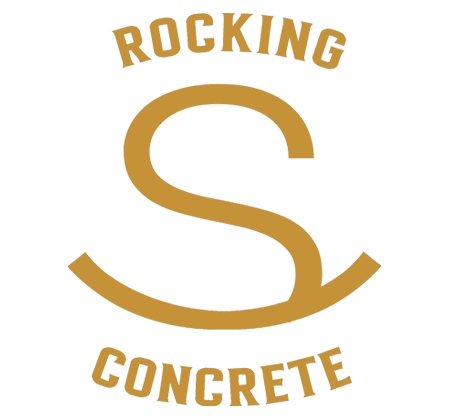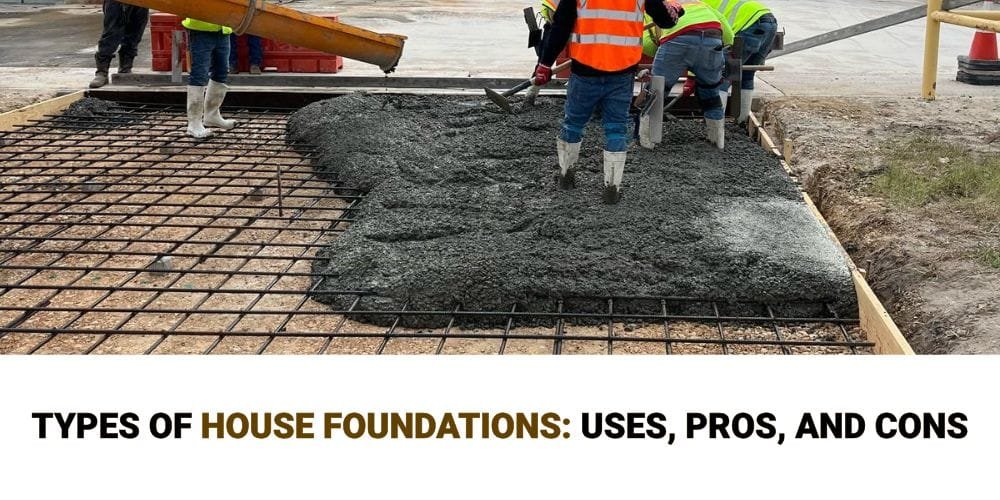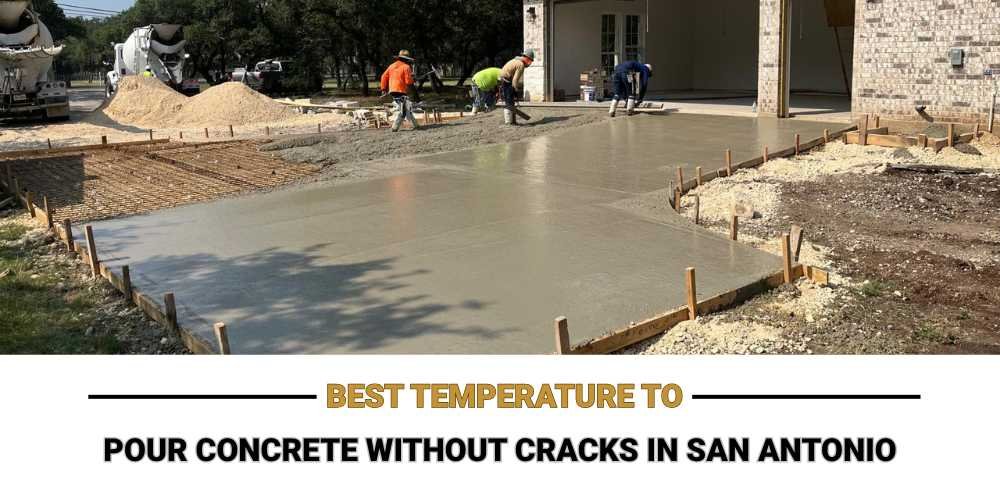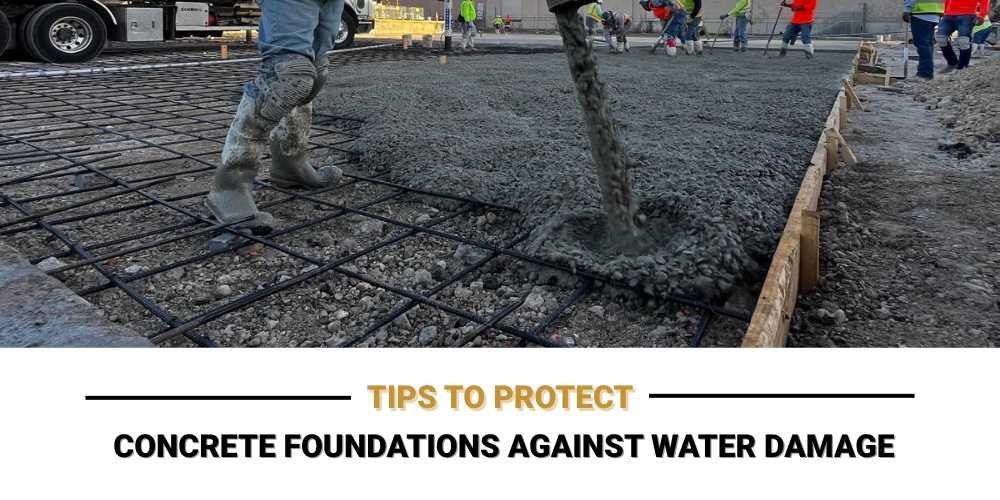Two highly favored outdoor surface options to exist are stamped concrete and pavers. Homeowners and business operators seek solutions that combine an excellent look with superior durability. Stamped concrete is the ideal choice since it combines high durability with affordable costs and minimal upkeep requirements to become the top option for long-term investments.
Real-world quality-based factors between stamped concrete and pavers should guide our comparison to find out which material remains longer.
Durability: Stamped Concrete vs. Pavers
Durability is the key element when choosing between pavers and stamped concrete. No one wishes to dedicate their resources to a surface that collapses, moves too fast, or decays too swiftly.
Stamped Concrete: Built to Last
When installed with the right sealing system, stamped concrete becomes a highly durable building material. This single continuous slab structure has no separate pieces that could potentially shift or loosen during use. When executed correctly and reinforced properly, stamped concrete resists all kinds of heavy footfall and vehicular weights, as well as tough environmental conditions. The application of professional sealing protects stamped concrete from both moisture damage, stains, and ultraviolet radiation.
Correct installation methods combined with regular maintenance allow stamped concrete to last for 30 years and above, providing homeowners with a dependable long-term solution.
Pavers: Strong but Prone to Movement
The main shortcoming of pavers as a surface material is their tendency to shift and settle. Laying durable road slabs through the irrigation base of fine-grained materials makes them sensitive to displacements resulting from stripping of the soil base, excessive loads, and adverse climatic influences. Unlevel surfaces become visible on these materials over time and create risks for individuals who need to walk across the area.
The extended durability of stamped concrete surpasses pavers because they require frequent realignment and re-sanding procedures, which decrease their reliability over time.
Maintenance: Which One Requires Less Work?
Most property owners seek outdoor beauty without devoting long periods to its upkeep. Stamp concrete stands out as the winner in terms of maintenance requirements.
Stamped Concrete: Low Maintenance, Long-Lasting Results
Stamped concrete stands out among homeowner attributes due to its minimal care needs. Stained surfaces and moisture, alongside natural weather elements, cannot harm stamped concrete when it receives proper installation and sealing. Living spaces with stamped concrete need sealant reapplication just twice during a three-year period to preserve their fresh appearance. Flushing stamped concrete with a hose, scrubbing it with a mild detergent, and routine pressure washing are the only necessary maintenance efforts.
The correct installation eliminates stamped concrete cracks, yet homeowners can easily repair fractures by matching them to the existing design. The maintenance needs of pavers exceed those of stamped concrete, making stamped concrete a more convenient choice.
Pavers: More Upkeep Over Time
To maintain pavers in good condition, homeowners must dedicate prolonged regular maintenance work. Weeds tend to invade the joints between materials, requiring regular removal through manual work or chemical treatment methods. The joint sand between pavers needs replacement yearly because it disappears because of weather conditions. The process of settling creates unevenness in pavers, which leads to frequent adjustments being needed to level the surface suitable for use.
Pavers are at higher risk of developing oil, food, and dirt stains because they lack stamped concrete’s waterproof surface, which in turn increases the duration of cleaning.
Cost Comparison: Which Option Provides the Best Value?
The initial costs of stamped concrete and pavers are comparable, yet their long-term maintenance and repair costs should be examined thoroughly.
Stamped Concrete: More Affordable and Cost-Effective
Installation costs for stamped concrete and extended maintenance costs remain at a lower rate than pavers. The price of stamped concrete installation runs between $10 and $18 per square foot based on design specifications and local market rates. Maintenance expenses of this concrete surface remain low after installation, which means it represents a smart, prolonged financial choice.
Stamp concrete maintenance expenses decline since it needs resealing sporadically and stays put without needing realignment, reducing homeowners’ long-term repair expenses.
Pavers: Higher Upfront and Long-Term Costs
The installation of paver stones begins at $15 per square foot and climbs up to $30 before considering other factors. The long lifecycle of these materials receives attention, but maintaining and readjusting them accumulates expenses throughout their extended use. People who choose pavers spend extra money on maintenance because they need repairs, joint sand replacement, and weed control, which gives them lower long-term cost-effectiveness.
Aesthetic Appeal: Which Looks Better Over Time?
Stamped concrete provides a superior long-term aesthetic value to pavers due to its extensive choice of designs.
Stamped Concrete: Customizable and Timeless
The design choices in stamped concrete never run out. This material can imitate stone formations with brick elements and antique slate and wooden surfaces at prices much lower than actual stone or wood alternatives. People can customize the appearance of stamped concrete through a wide variety of color and textural options that work well with any architectural design.
When homeowners properly maintain and seal stamped concrete, it will preserve a flawless, smooth appearance for many years while pavers struggle to maintain their original look.
Pavers: Attractive but Inconsistent Over Time
The traditional appearance of pavers becomes less beautiful as elements such as movement and color change from weather conditions affect them. Addressing single-paver damage remains simpler than managing concrete cracks, yet the drawback involves a color mismatch between old and new stones due to damage and deterioration. The appearance will become inconsistent as time passes.
Why Stamped Concrete is the Better Choice
Stamped concrete is the superior choice for homeowners who want durable, low-maintenance, and inexpensive outdoor surfaces compared to pavers. Compared to pavers, stamped concrete offers identical attractiveness and visual appeal. Pavers, on the other hand, offer durable performance, reduced maintenance needs, and stability issues.
Rocking S Concrete delivers high-quality stamped concrete solutions that maintain their durability for extended periods of time to customers interested in home landscape improvements. Our company’s expert artisans combine durable materials with personalized designs to guarantee that your investment will extend its value for several decades.
